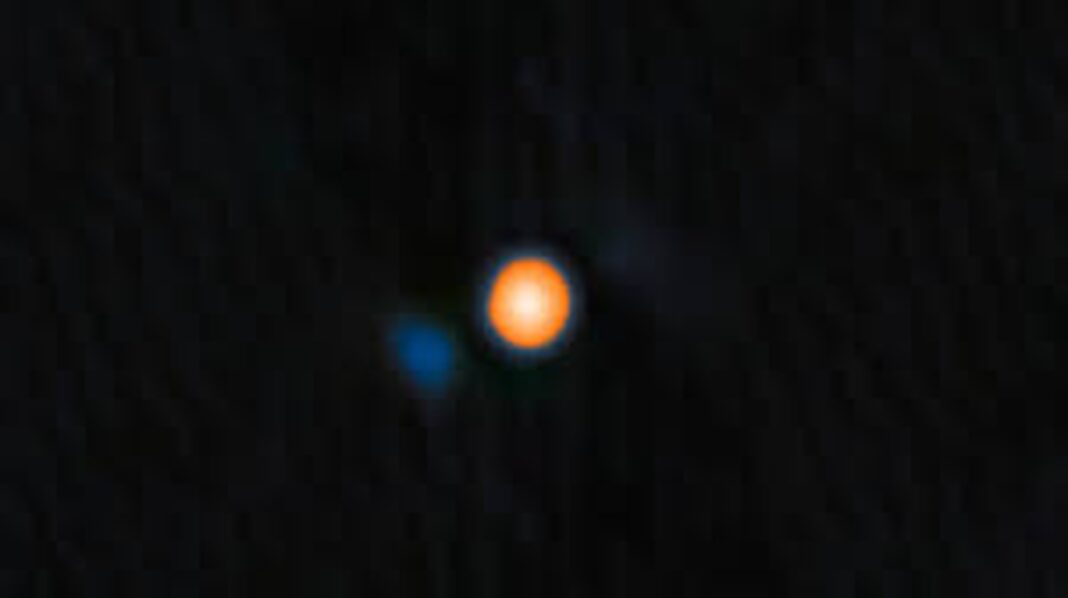
Cuddled with Betelgeuse, a bright red star in the constellation Orion, astronomers may have finally found the giant star’s long-sought companion. This close-orbiting partner, first postulated over a century ago, matches some predictions and adds another piece to the puzzle of the mysterious supergiant star.
The images, to appear in the Astrophysical Journal Letters, show the companion only faintly. Astronomers and others in the field agree that the discovery, while exciting, is not definitive.
“At this point, it is quite tough to say whether or not the detection is believable. We’ll have to wait and see if the companion can be confirmed with more instruments,” tells Sarah Blunt to Science News. She is an astronomer at the University of California and was not involved with the study.
If confirmed, the new star would conventionally be named α Orionis B. Previously, it has been informally called the Betelbuddy, and the astronomers behind the new work suggest the name Siwarha, meaning “her bracelet,” about the supergiant’s name, which translates from Arabic as “hand of the giant.”
The companion appears to orbit the supergiant at a distance just four times that between Earth and the sun, putting the companion within Betelgeuse’s expansive outer atmosphere — a perilous spot for a small star.
“The companion will have drag in its orbit,” says study coauthor Steve Howell, an astronomer at NASA’s Ames Research Center in Mountain View, Calif. As a result, the companion faces an astronomically imminent death: Within 10,000 years, it will be sucked into Betelgeuse.
The star has a mass around 1.5 times that of the Sun, and it is a hot blue-white star orbiting Betelgeuse at a distance equivalent to four times the distance between Earth and the Sun, fairly close for binary stars. That means it exists within the extended atmosphere of Betelgeuse. This represents the first time a companion star has been detected so close to a red supergiant.
Beyond this research’s implications for Betelgeuse and its ill-fated companion, it tells scientists more about why red supergiants undergo periodic changes in brightness how periods of many years.
Similar Articles: A New Phenomenon of Origination of Planets & Stars as “Twins”

